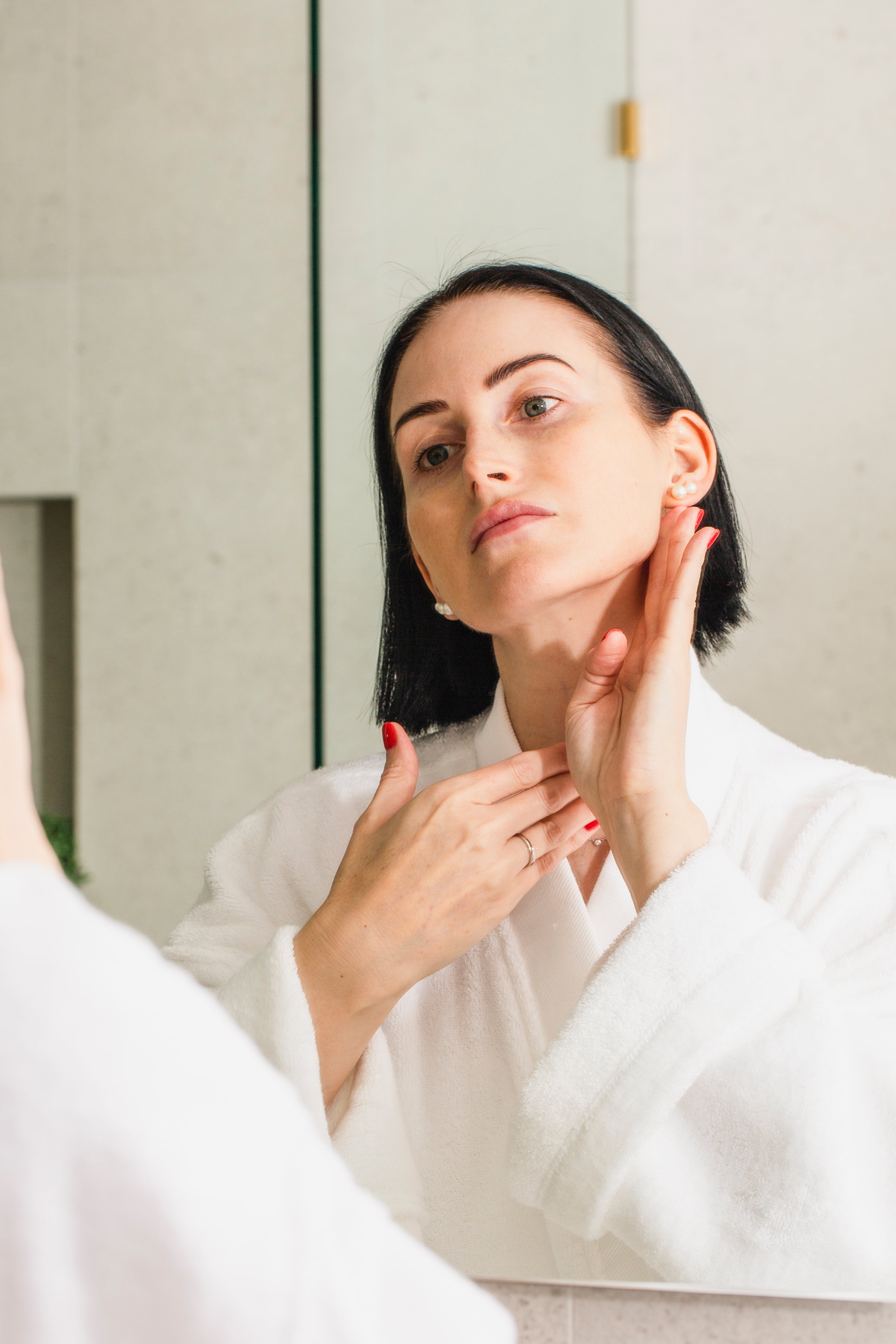© AMPERNA® 2024 ABN: 29 633 509 449
This site is protected by reCAPTCHA and the Google Privacy Policy and Terms of Service apply.
Patch Testing
Apply a small amount of the product to a clean, discreet patch of skin. Places such as behind your ears, under your jaw, or the side of you neck are good places to test as they can be easily covered if there is a reaction.
Keep the area dry and do not use any other products on or around the area you are testing.
Wait 48 hours and look at the area for any signs of irritation such as redness, swelling or rashes.
If irritation occurs the best thing to do is wash the area with water and do not continue using the product until you have contacted us for support.
If no irritation occurs, follow the instructions on the label and incorporate the product into your skincare regime.



